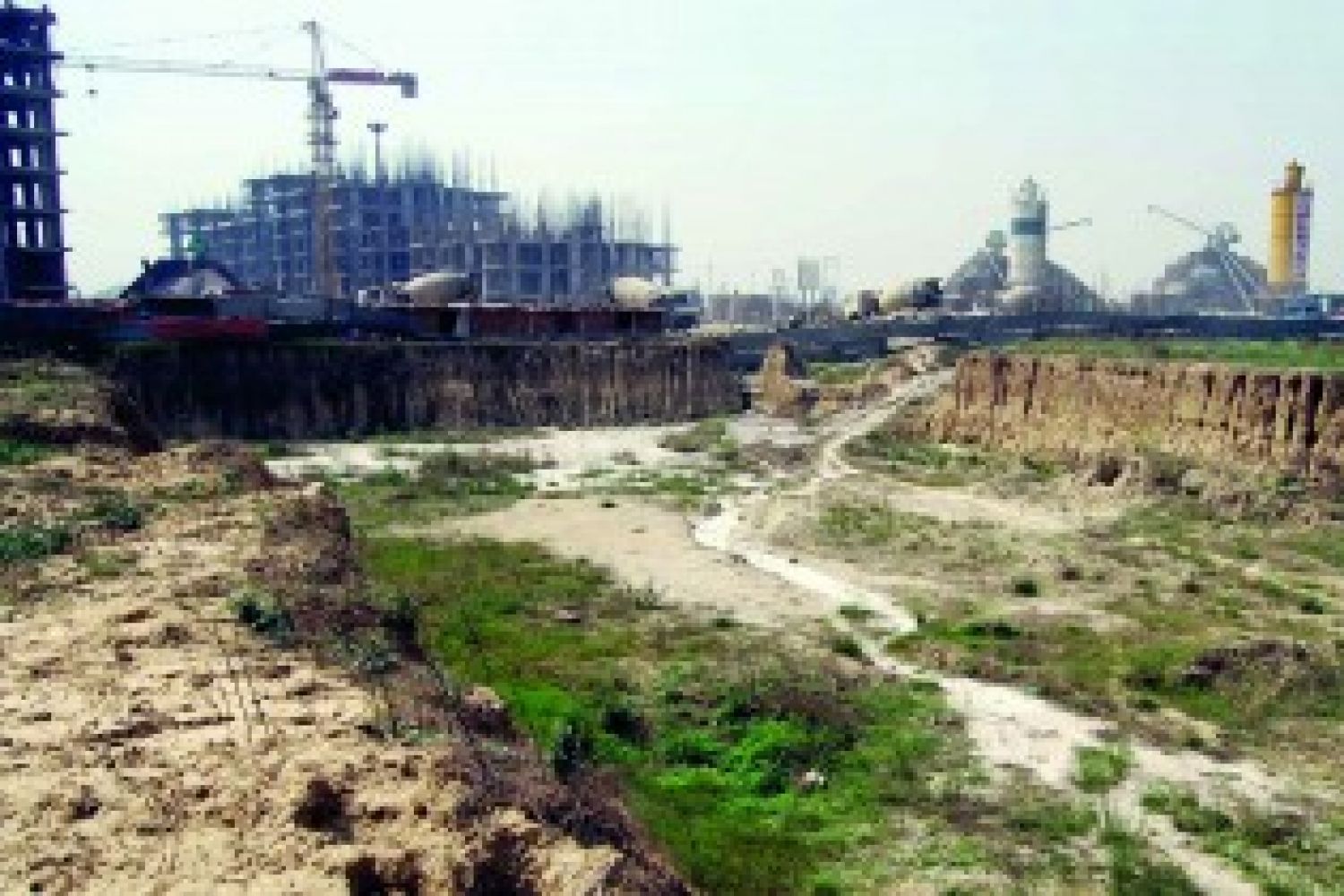
It is a hot afternoon on the dusty metalled road off the
Noida-Greater Noida expressway. The shadows cast by the tall buildings being
constructed all around are short and offer no shade. Tall grass grows in the
spaces between two construction sites, next to which is a colony of squat
tin-roofed shanties with a small shop with a mud-floor verandah. A group of men
sit there playing cards while the woman in the shop boils tea. It’s easy to
forget the city is only minutes away. It’s unsurpr





